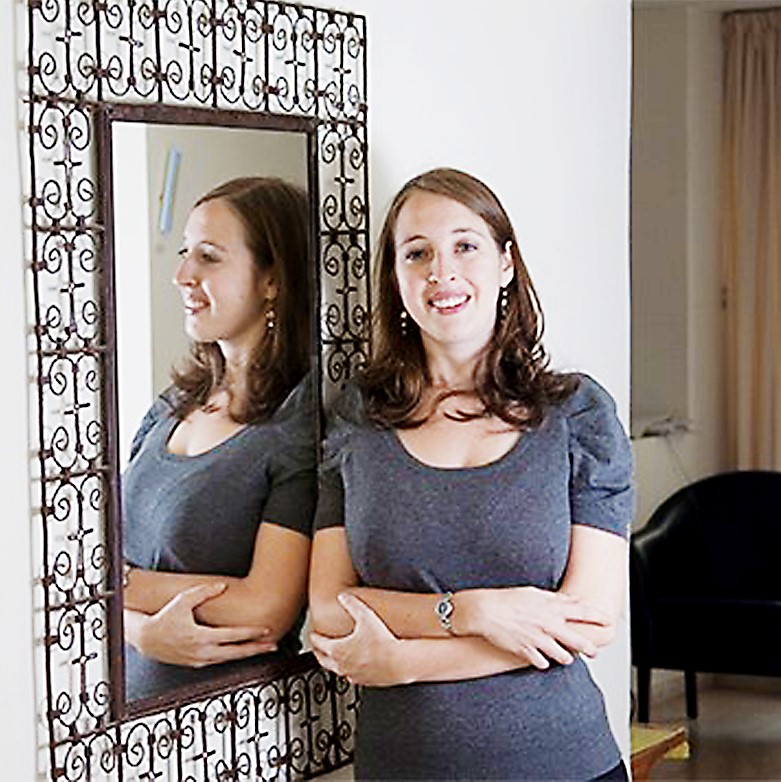
News

Award-winning author documents American’s ideological U-turn in Israel
MOIRA SCHNEIDER
Dr Sara Yael Hirschhorn documents this in her book, City on a Hilltop: American Jews and the Israeli Settler Movement, which won the Sami Rohr Prize for Jewish Literature Choice Award this month. This prestigious annual Jewish book award is under the auspices of the Jewish Book Council (based in the US).
Hirschhorn was in South Africa recently to launch her book at the Jacob Gitlin Library, in association with the Jewish Literary Festival in Cape Town last weekend.
Hirschhorn, 37, hails from Springfield, Massachusetts. She is the University Research Lecturer in Israel Studies, Faculty of Oriental Studies and Sidney Brichto Fellow, Oxford Centre for Hebrew and Jewish Studies, at the University of Oxford.
The story behind her book begins in 1967 in the US, with “young, highly-educated, upwardly mobile individuals, aligned to the left-wing social movements of their day”, namely, the civil rights movement and anti-Vietnam protests. “They were not right-wing conservatives,” Hirschhorn stressed, “yet they made the ideological journey from the policies of the left in the US to the right in Israel”.
“They turned their struggle for African-American civil rights into their own struggle for Jewish civil rights.”
Hirschhorn says that the rise of ethnic consciousness in the 1960s allowed Jews to feel that “Jewishness” was “beautiful” after the 1967 war. “It allowed Americans to identify as Jewish-American for the first time, to assert their pride and engage with their own ethnicity in the occupied territories.”
When the “new left” turned against Israel, Jewish American activists faced a dilemma. Feeling that they were no longer part of American political culture, they turned their energies to striving in Israel and the settler enterprise, she maintains.
There was “very limited” settlement in the occupied territories between 1967 and 1973, but after that, settlements “really took off”, she said. Today Americans comprise 15% of the total settler population.
In the book, Hirschhorn profiles three communities established by and for American-Israeli settlers, namely Yamit in the Sinai, and Efrat and Tekoa in the West Bank. Some of Efrat’s first settlers were South Africans and many live there today.
She examines what she says appears to us as “cognitive dissonance”. This is the clash of liberal values brought from the US and the realities of living in the occupied territories. It is also the clash between their Jewish American liberal personas and their project.
“Sadly, one route has been settler terrorism,” she commented, mentioning the case of Baruch Goldstein, an American-Israeli physician who perpetrated the 1994 Cave of the Patriarchs massacre in Hebron.
The book challenges the popular view that settlers are motivated by messianic ideals. It also examines how liberalism and political Zionism compete. In Hirschhorn’s words, “Practising human rights at home and imperialism abroad.”
Asked about a possible economic motivation for settling in the occupied territories in that they provide a cheaper, better quality of life than is affordable elsewhere, she said: “American settlers are highly ideological.
“A very small percentage move to the occupied territories because they seek advantages that they don’t have in places like Manhattan.”
Hirschhorn’s next book is a comparative case study of post-1967 South African Zionism and Diaspora-Israel relations.




